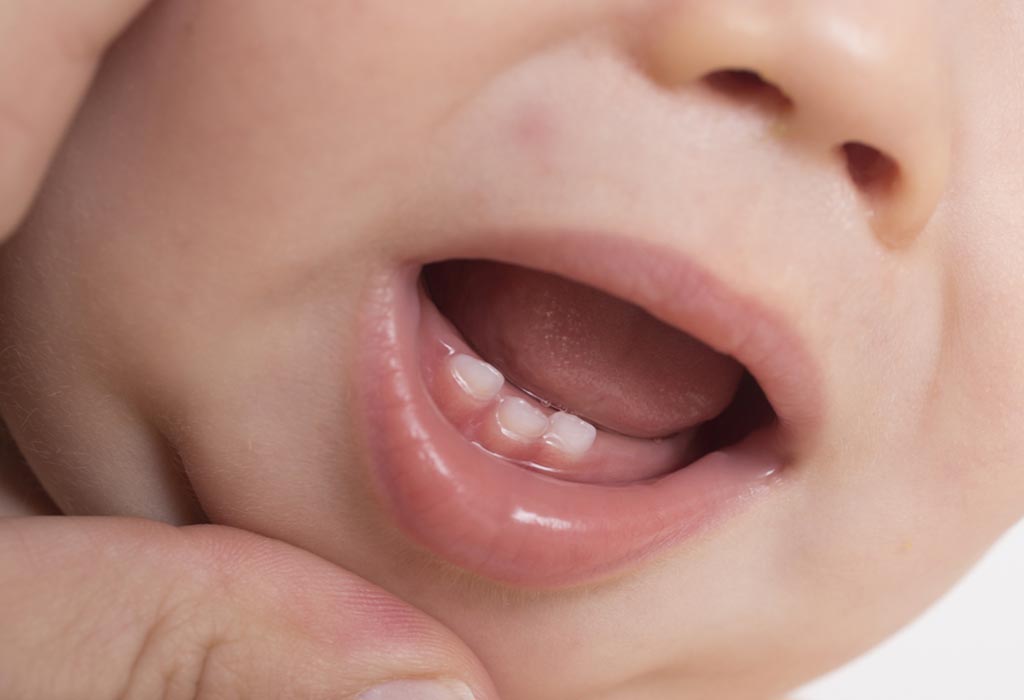Most babies develop their first tooth around six months of age. They often have a complete set of primary teeth by three years. While the majority of the common signs of teething are excessive drooling and irritability, there are other signs that may indicate your little one is teething. Teething can be a painful process and babies differ in the way they deal with the discomfort. This makes it important for parents to familiarize themselves with the common signs to help their babies during the process. The following are the common signs of teething:
Reduced Sleeping
If your baby is teething, you may notice a change in their sleep pattern. As your child goes through this process, they may find it harder to fall asleep. They tend to wake up more often due to the discomfort they feel in their gums.
Excessive Biting
If your baby is teething, they may bite or gnaw on anything they can find. They perform this because the pressure that biting causes can help relieve some of the pressure from the gums and offer temporary relief from pain. Consider giving your baby a teething ring to help them through these times.
Loss of Appetite
During the teething process, the gums become tender and sore. This results in your child refusing food. Naturally, the chewing process can cause even more discomfort for your baby, leading to loss of appetite.

Increase in Drooling
Teething can stimulate drooling and some babies drool a lot. Excessive drooling can cause a rash around the child’s mouth, chin, cheek, and neck area because of the extra bacteria on the skin from the saliva. This makes it important to keep the area clean and dry by regularly wiping it. Also, you can apply a simple barrier cream to help with the dry and sore skin.
Cheek Rubbing and Ear Pulling
You may notice your child rubbing their cheek or pulling their ears because of the pain in the gums. This pain can travel to the cheek and ear, particularly when the molars are erupting. Remember that ear pulling or rubbing can also indicate an ear infection, so contact the pediatrician of your child if this system persists or comes with a high fever. To help your child with the rubbing and pulling, rub and massage their gums with a clean finger for a minute or two. This should help with the discomfort.


